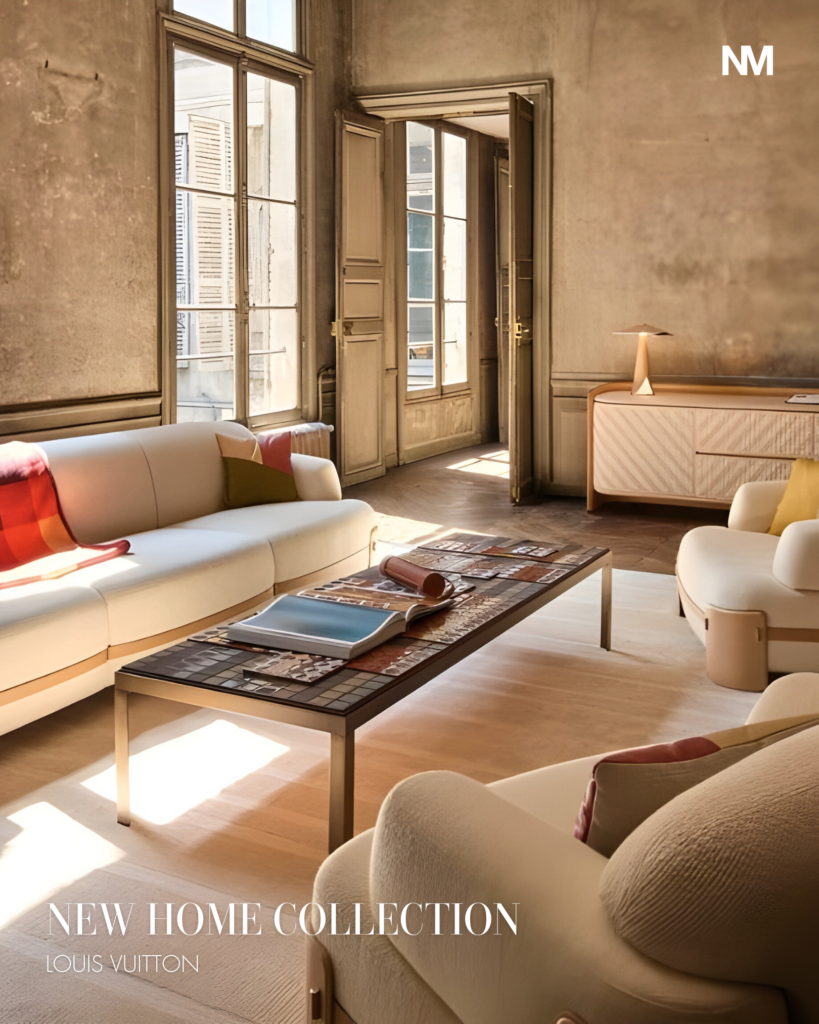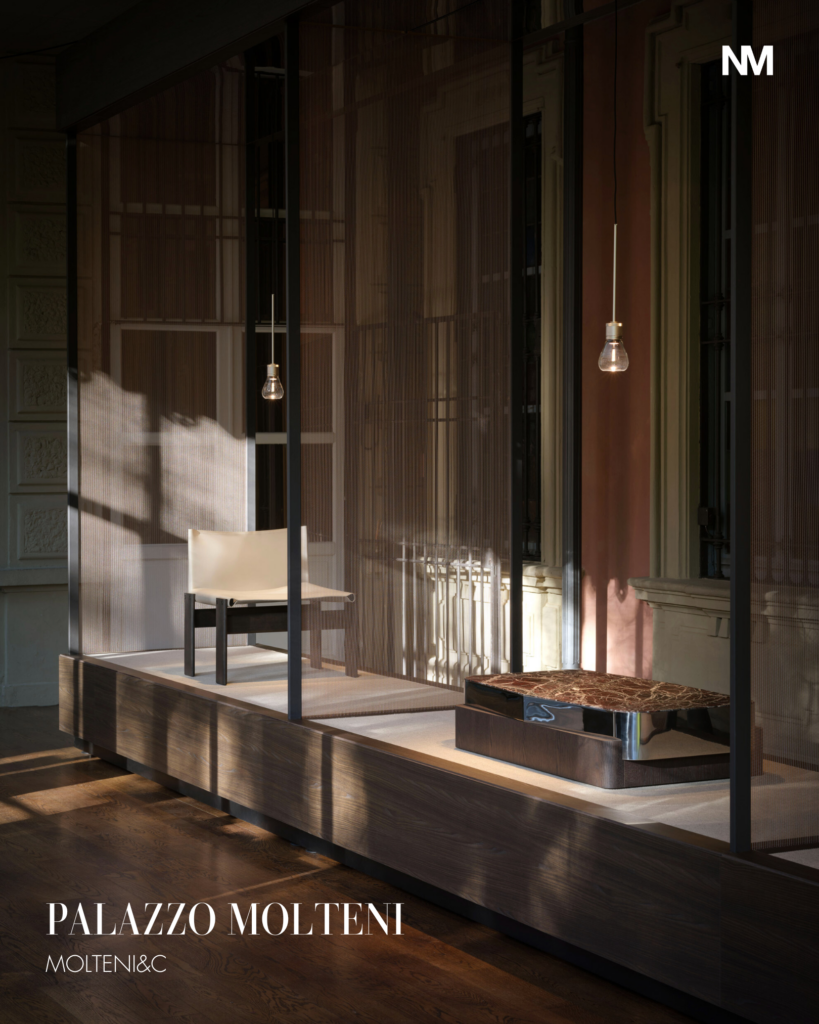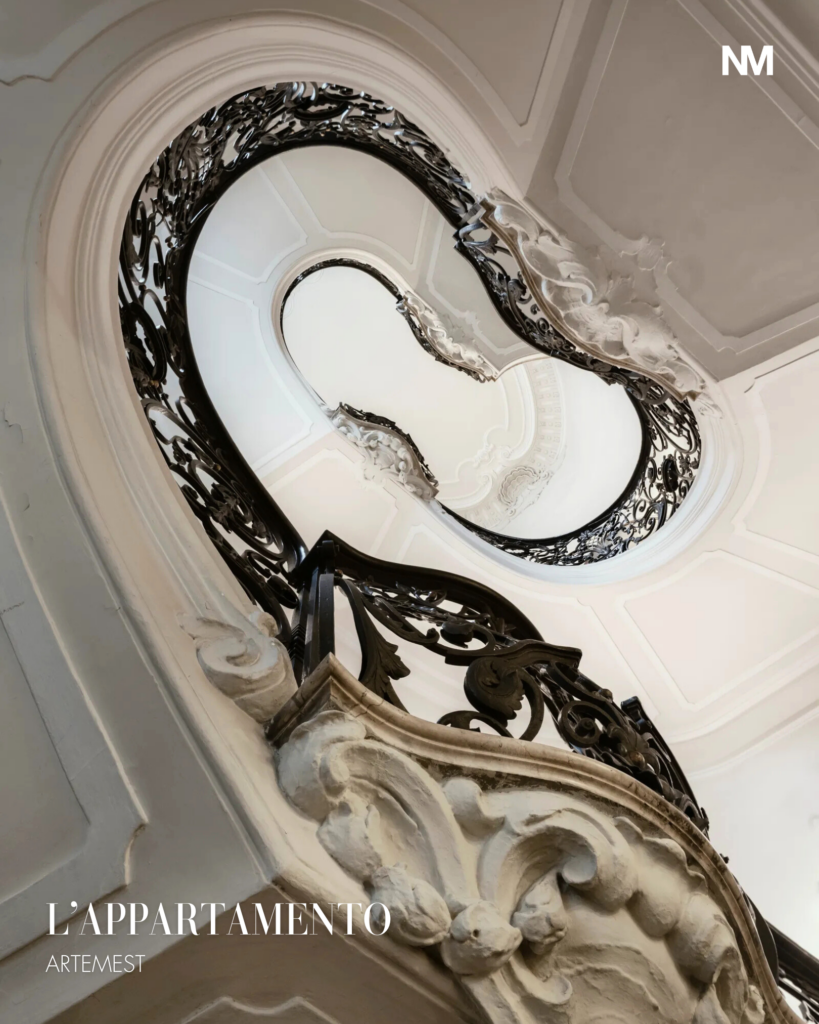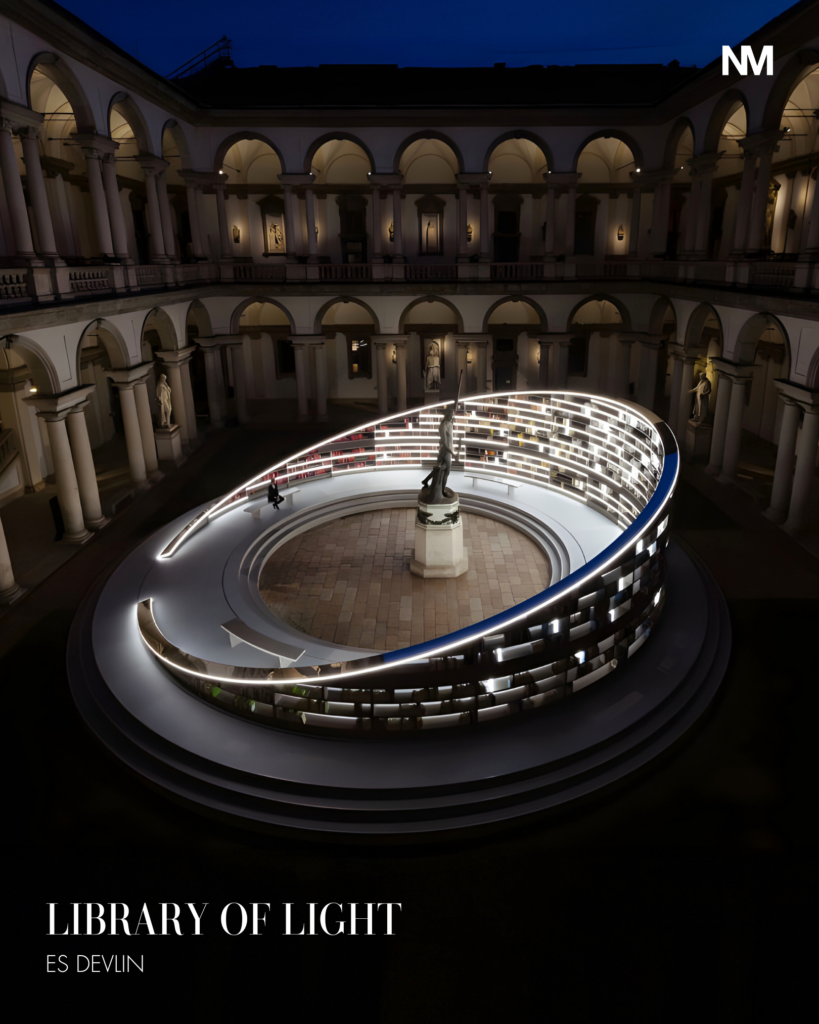Milan Design Week 2025 has once again proven why it remains the pinnacle of global design culture.
Though our team experienced the event from afar this year, the digital windows into Milan’s vibrant streets, palazzos, and repurposed industrial spaces offered more than enough to immerse us in the city’s transformative creative energy. This year’s edition was a masterclass in bold expression, material experimentation, and conceptual craft—where the boundaries of design were not just tested but redefined.
A standout moment came with Louis Vuitton’s highly anticipated home collection debut, which marked a new era in luxury living. The Maison brought its legacy of craftsmanship and innovation into the realm of interior design with striking sculptural forms and impeccable artisanal detail. Each piece in the collection seemed to defy convention while honoring heritage, from curvaceous furniture inspired by travel to meticulously crafted objects that echo the brand’s savoir-faire. The installation captured the essence of elevated living—not simply as a style, but as an immersive, artful experience.
Equally captivating was the latest iteration of Alcova, Milan’s roving platform for cutting-edge design. This year’s edition unfolded in yet another hauntingly beautiful, heritage-rich location, where decayed grandeur became the backdrop for radical creative expression. The contrast between crumbling stucco and futuristic materials created a visual and conceptual dialogue between the past and the future. Designers and collectives from around the world used the space to explore themes of sustainability, memory, identity, and form—turning each room into a world of its own.
Molteni&C continued to uphold its reputation for refined modernism with a collection that championed understated elegance and precise craftsmanship. Their installation felt like a quiet conversation—one where timeless design language spoke through clean lines, warm woods, and rich upholstery, creating harmonious interiors that blend beauty with functionality.
Hermès, ever the master of tactile storytelling, offered a serene yet powerful statement in materiality. Their presentation focused on elemental shapes and natural textures, from hand-woven textiles to burnished leather and clay. With an emphasis on purity and restraint, Hermès reminded the design world that luxury lies not in extravagance, but in intention and detail.
At Artemest, the Italian craft renaissance was on full display. This year’s collection spotlighted the country’s artisanal heritage through a contemporary lens, where age-old techniques met bold new visions. From mosaic-tiled furniture to hand-blown glass lighting and richly veined marble, Artemest curated a show that felt like a love letter to Italy’s legacy of making—rooted in place, yet reaching toward the future.
The ever-provocative Es Devlin brought an immersive, conceptual edge to Milan Design Week, transforming space into narrative. Her installation unfolded like a dream sequence—a multisensory environment that blurred the lines between art, architecture, and poetry. As always, Devlin challenged audiences to think beyond objects, inviting them into a moment of introspection about time, nature, and human connection.
Poltrona Frau leaned into its identity as a house of elegance and evolution. Their latest collection fused classic silhouettes with experimental techniques, offering pieces that felt familiar yet forward-thinking. From buttery-soft leathers in unexpected hues to modular systems designed for fluid living, Poltrona Frau spoke to a new generation of design lovers without losing sight of its storied past.
This season’s narrative was one of fearless creativity—a reimagining of tradition and a bold leap into the unknown. Milan, once again, became a living gallery where every corner held a story, and every installation marked a new chapter in the ever-evolving world of design.






